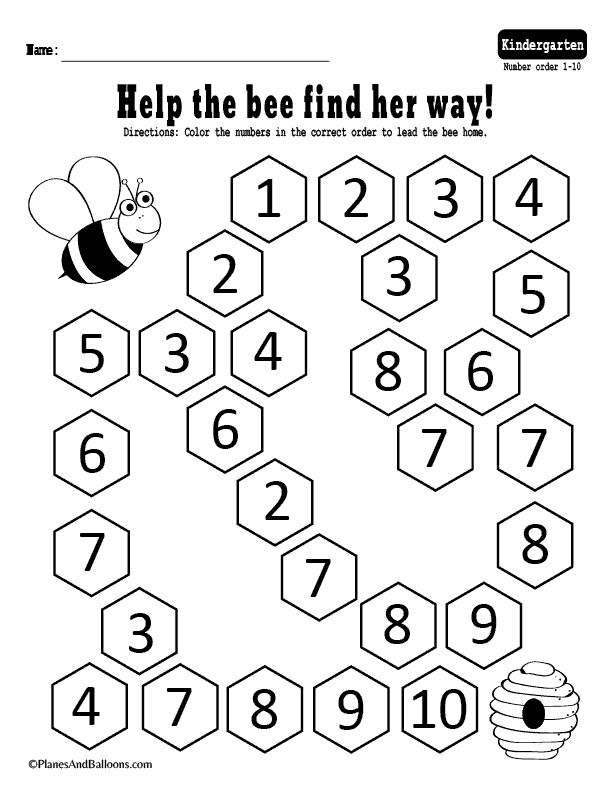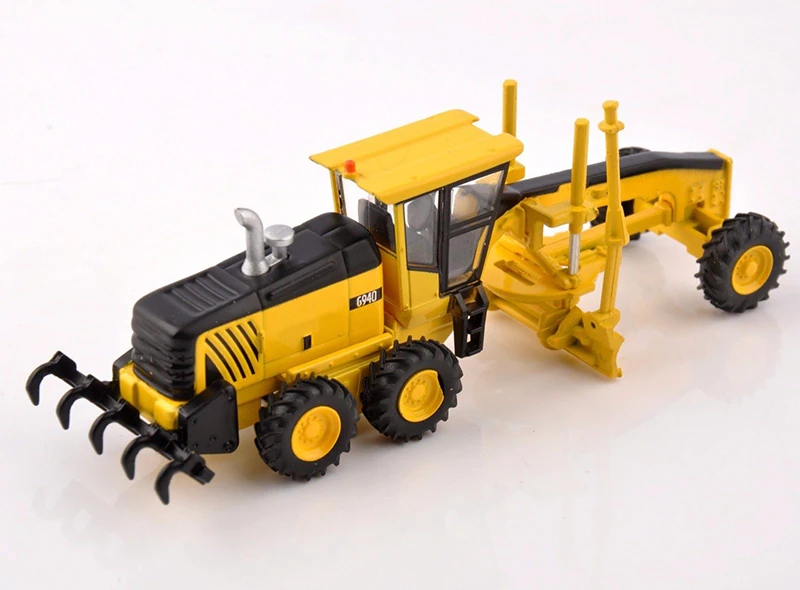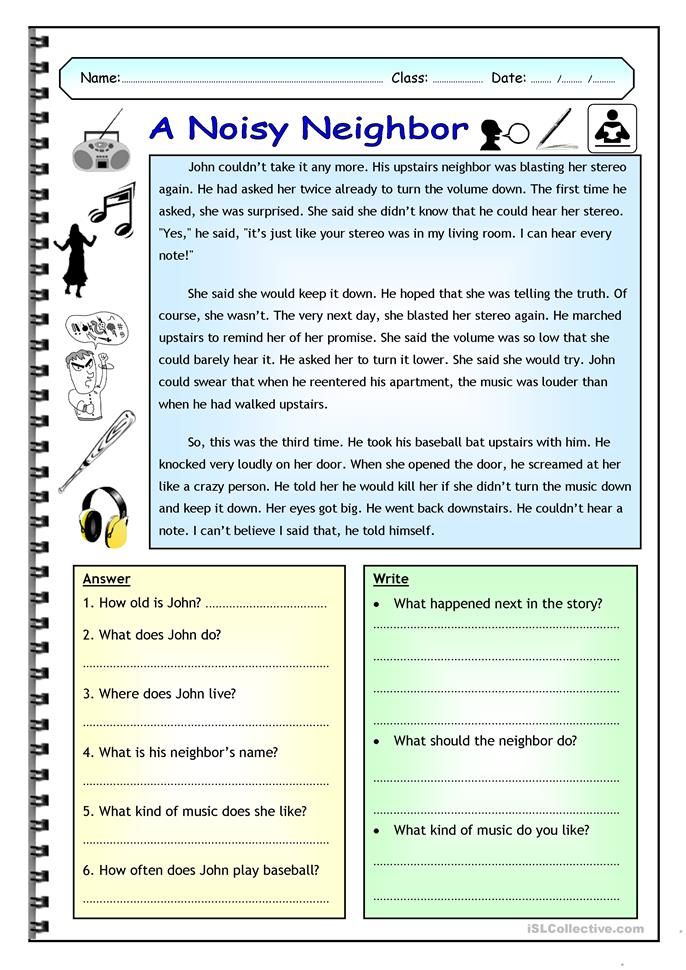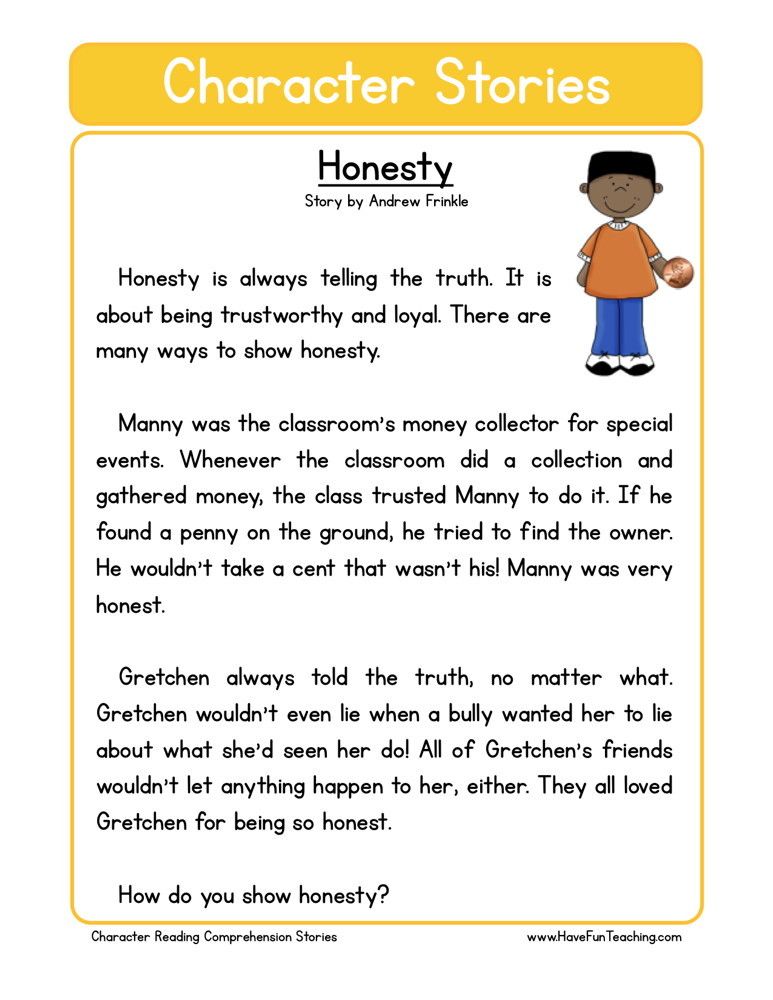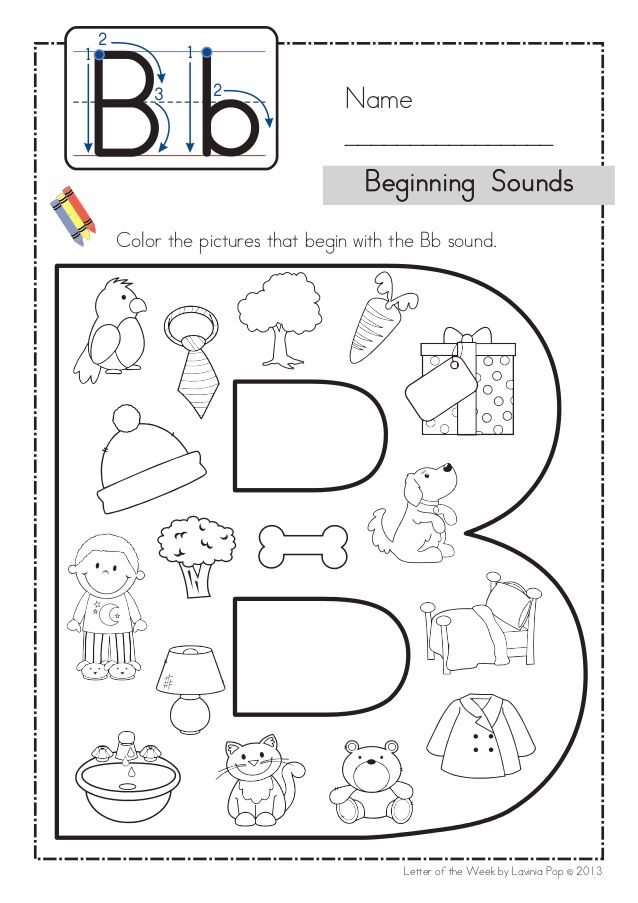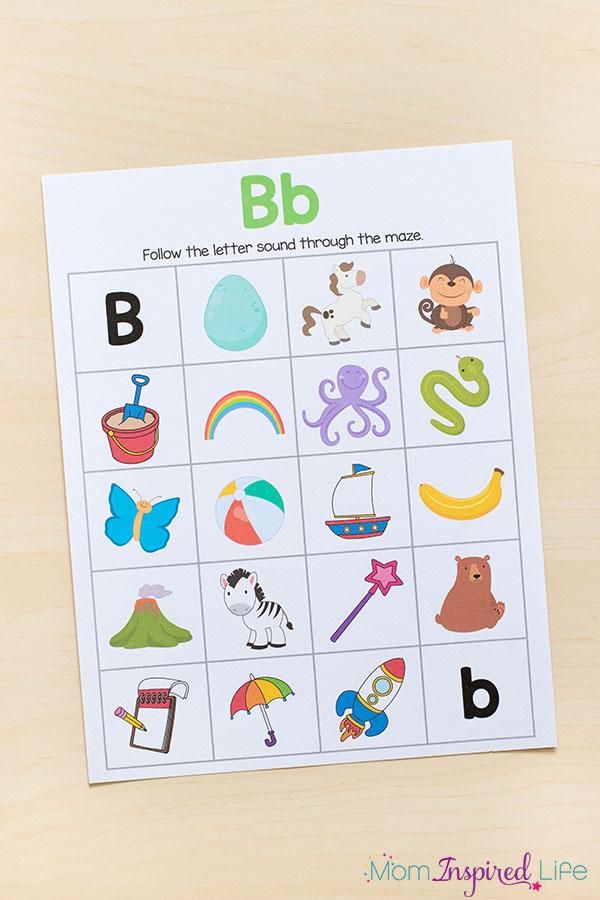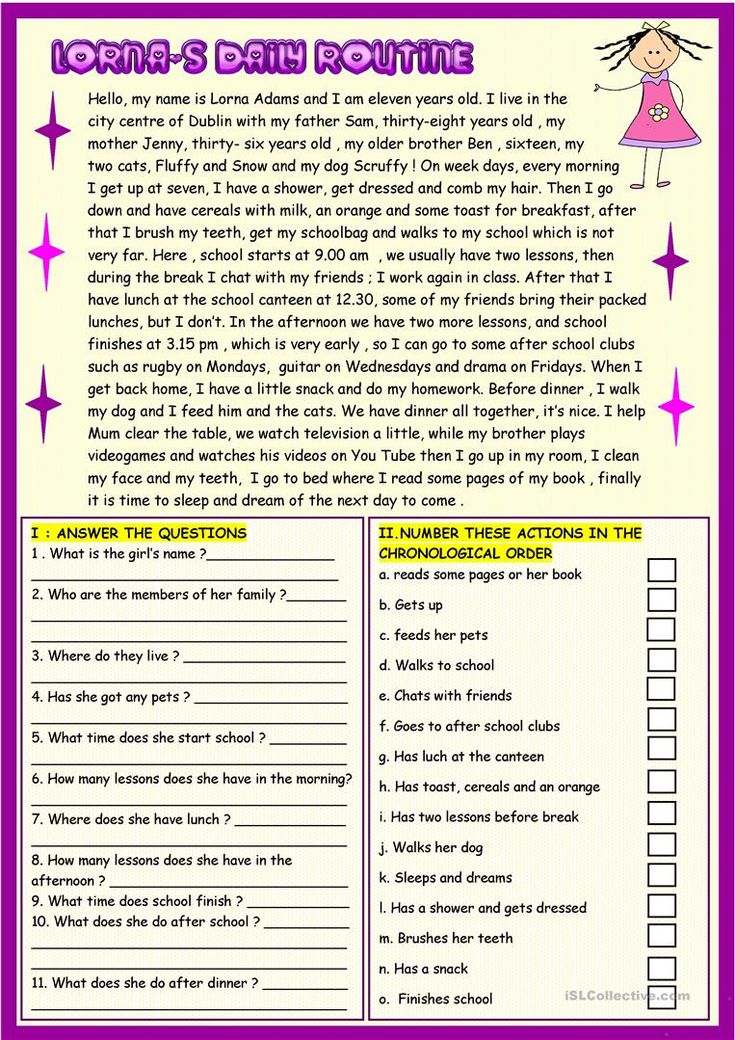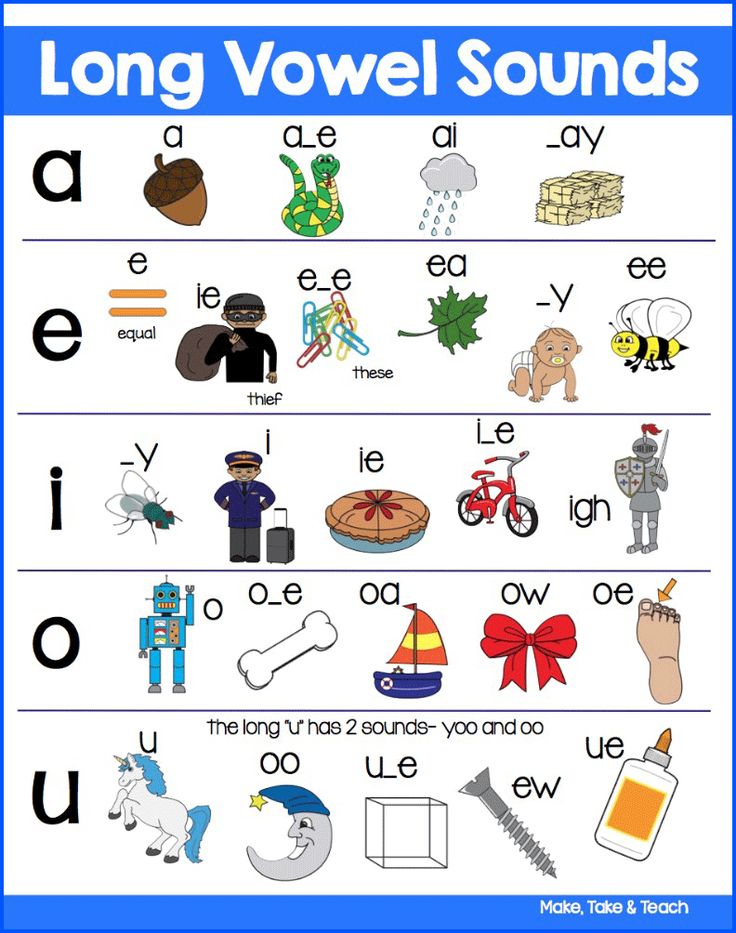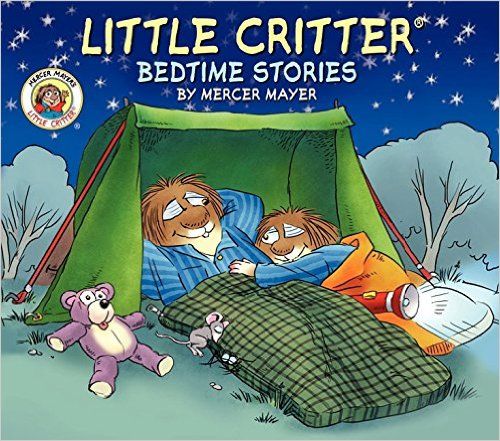Number recognition games kindergarten
10 Number Recognition Games
Number recognition is a key skill to learn during the early years, and there are many ways in which you can encourage this in your early years setting. We’ve already explored activities to support the development of numeracy skills in general; in this article we’ll concentrate specifically on helping children to learn their numbers.
When planning number recognition activities, there are a few points to keep in mind:
- Make sure you have plenty of relevant resources available (e.g. number beads, blocks, stickers, cutters, stamps etc.), as well as visual cues (e.g. posters on the walls).
- As well as using numerals it’s also helpful to look at other representations of numbers with the children, including words and tallies.
- Try to make number activities fun in order to nurture a positive approach to maths.
1. Number bubble game
Draw lots of chalk circles on the ground outside, with a number inside each (1 to 5 or 1 to 10, depending on how much space you have), distributing them evenly so that you end up with several 1s in circles, several 2s in circles, and so on (make sure you have enough for each child playing the game). Call out a number and each child has to find a circle (bubble) with that number and stand in it. Make it more fun by blowing bubbles over the children in between each round.
Take a small group of children out for a walk around the neighbourhood – or perhaps combine it with a visit to the local park – hunting for numbers along the way. There should be plenty of opportunities for number spotting, for example on front doors, gates, buses, cars, posters etc. Get the children to call them out when they see them.
A number hunt is a great way for children to practice number recognition outside your setting
3. Giant dot-to-dotMake your own giant dot-to-dot in the playground, by chalking numbers on the ground that the children have to connect in the right order to make a shape or picture. For younger children stick to simple shapes using fewer numbers; for older children you can make it a bit more difficult.
Sign Up to Receive this 20-Part Activity Email Series
4.
 Conker count
Conker countGo to the park and collect some conkers. Back at the nursery, draw the numbers 1 to 10 on the ground in a row with chalk, using both numerals and words, and get the children to line up the right number of conkers underneath each one. (Obviously outside conker season there are plenty of other objects you could use for this activity, eg petals, leaves or items from inside.)
5. Dice tallyTake a sheet of card and make a grid of six squares, labelling them 1 to 6 using both numerals and words. Roll a die and keep a tally in the squares of how many times each number comes up. Children could do this individually, each with their own separate grids, or in pairs or small groups using the same grid but their own dice. You could turn it into more of a game by adding a competitive element.
Recognising and tallying the numbers rolled on dice is another good skill to develop
6. Musical number tiles
This is a musical variation of the bubble game.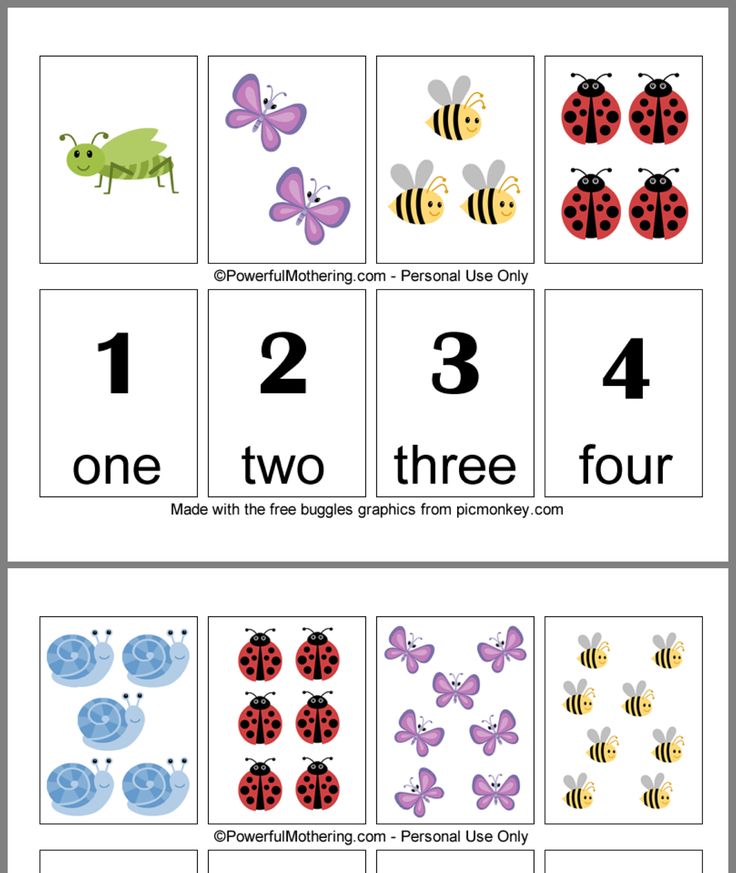 Lay out some foam number tiles on the floor, making sure you have plenty for all of the children playing (if you don’t have foam tiles, make your own using some card but tape them down so that they don’t slip). Play some music and get the children to dance around; when the music stops, call out a number and they have to jump onto a corresponding tile.
Lay out some foam number tiles on the floor, making sure you have plenty for all of the children playing (if you don’t have foam tiles, make your own using some card but tape them down so that they don’t slip). Play some music and get the children to dance around; when the music stops, call out a number and they have to jump onto a corresponding tile.
Using some number shape cutters, make some sets of number biscuits with the children and then use squeezy icing to stick the right number of decorations onto each biscuit (e.g. eight raisins on the number 8, three raspberries on the number 3 etc).
Help the children make biscuits with different numbers of decorations, counting them out as you put them on
8. Beanbag toss
Here are a couple of ideas for throwing games to help with number recognition. One is to get a set of buckets and label them 1 to 5 (or 1 to 10), then the children have to try and throw the right number of beanbags into each; another is to use a target mat and the children have to try and land the right number of beanbags in each numbered segment.
For this activity you’ll need ten paper plates, some coloured pens and some coloured beads. Write the numbers 1 to 10 on the plates, using a different colour for each number. Get the children to put the right number of beads onto each plate; this works particularly well using coloured beads that correspond with the colours used to write the numbers, as it gives the children a strong visual cue.
10. Number craftsThere are lots of ways in which you can incorporate number recognition into craft activities. One idea is to draw some outlines of ladybirds on a piece of paper, then number them and get the children to add the right number of spots to each. A couple of variations on this include drawing birds and sticking on tail feathers, or drawing monsters and sticking on googly eyes.
One option for a number craft is sticking the correct amount of spots on a ladybird
Related Itemscognitive developmentnumbersnumeracy
13 Hands-On Number Recognition Games Preschoolers will Love
- Share
Are you teaching your children to identify numbers? Here are some fun and interactive number recognition games for preschoolers and kindergarteners that you can play at home or in the classroom too.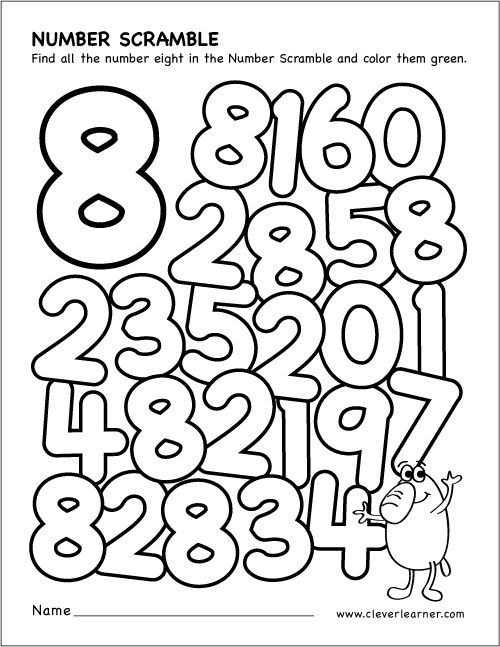
If you’re wondering how to teach number recognition, the answer in early childhood is always through play.
Play is the natural way in which children learn. During play, children practice their skills and make sense of new knowledge and experiences. They develop early maths skills through play.
Remember that there are many aspects to learning about numbers. There is learning to count, which you can teach with number games and counting songs, and then there’s one-to-one correspondence, which is when a child reliably counts one object at a time.
Number recognition is about the physical appearance and shape of a number, as well as what value it represents.
These number recognition activities for preschoolers are a great place to start teaching the numbers from 1 to 10, but once you get going you’ll quickly notice opportunities all around you.
1. Parking CarsThis numbers game can be adapted to suit your children’s age, stage and interests.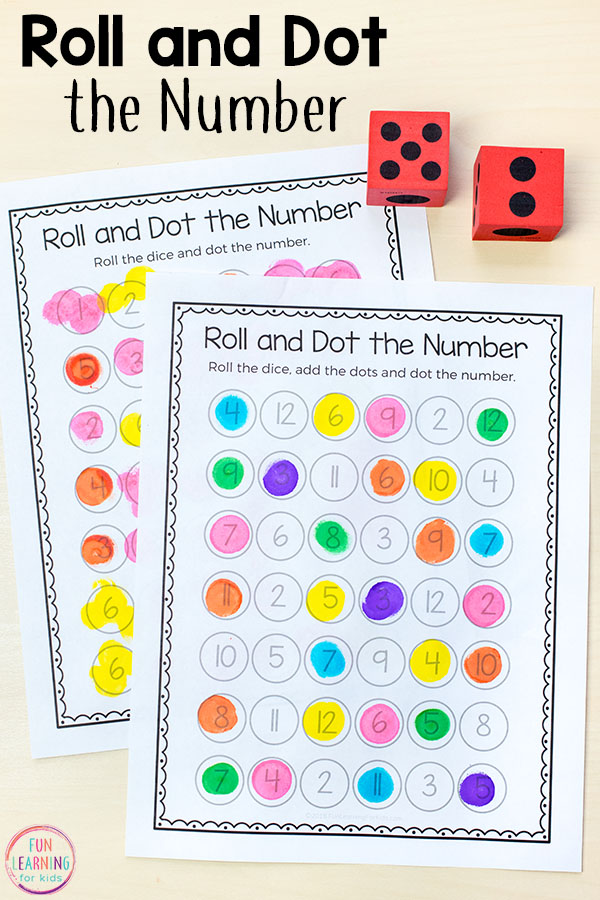
Write numbers onto some toy cars and create a parking garage with numbered spaces. Your children can then match the number on the car with the number in the space and park the car correctly.
If they need more of a challenge replace the numerals with dots or words so that your kids can begin to recognise numbers being represented pictorially.
If they are not particularly interested in cars you could do a similar game with animals, dolls, or whatever it is that they enjoy playing with.
2. Car WashPut numbers on toy cars, or for a large-scale activity; bikes and scooters. Create a car wash for them with clothes, brushes, water and bubbles.
Your children are then in charge of ensuring that the cars, bikes, or scooters come to the car wash and get cleaned in the correct order. As well as recognising numerals, this activity gives kids the chance to begin learning about number order.
3. Hook a DuckThis fairground classic is great for numeral recognition.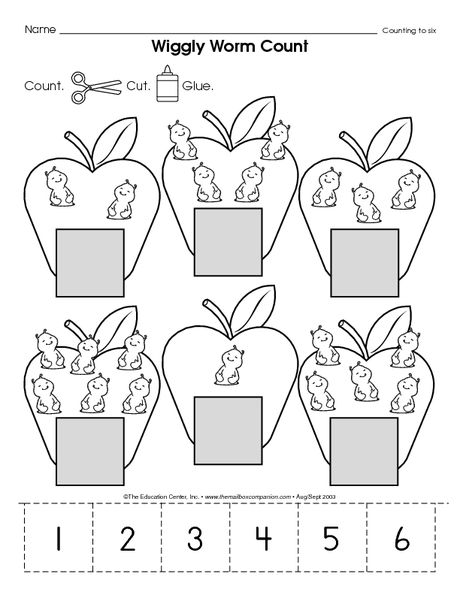 How you set this up is your choice.
How you set this up is your choice.
If you have lots of ducks and something to hook them with then perhaps you could create a replica of the fairground game, otherwise feel free to improvise with what you have at hand.
A net or bowl to scoop objects out of the bath could work well – the important thing is for your children to be having fun and looking at numbers. You could allocate prizes to certain numbers if you want to.
4. Sidewalk ChalkSidewalk chalk is brilliant for larger-scale mark-making and games that get children using their gross motor skills.
Use sidewalk chalk to write out large numerals, then give kids a paintbrush and a pot of water and have them paint over the numerals with water to erase them.
Not only does this help them to recognise numerals but also helps with the beginnings of formation.
5. Beads onto Pipe CleanersCreate a chart using beads and pipe cleaners. Attach 10 pipe cleaners to a piece of card and write numbers 1-10, one number above each pipe cleaner.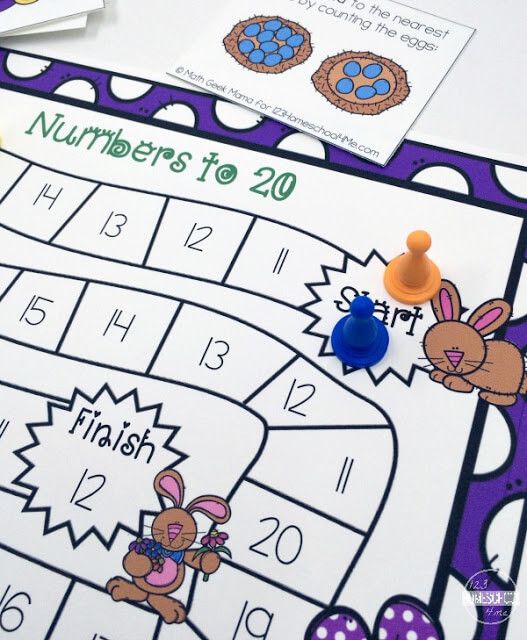
Provide children with a pot of beads and help them to count out the correct number on each pipe cleaner.
This activity gives them the opportunity to practise numeral recognition, counting and assigning the correct value to each numeral. It’s also brilliant for their fine motor skills.
6. Bean Bag TossLabel some buckets or baskets with numbers and provide your children with beanbags. Have them step back from the buckets and take aim and throw the bean bags in.
You can do quite a lot with this activity depending on your children’s age and ability, but on the most basic level, it encourages number recognition along with introducing the concept of more and less.
If your children are ready then you can model addition and play to win.
7. Putting Counters in PotsLabel pots with numerals and provide counters, craft beads, pom poms or really whatever you have at hand and encourage children to fill each pot with the correct number of items.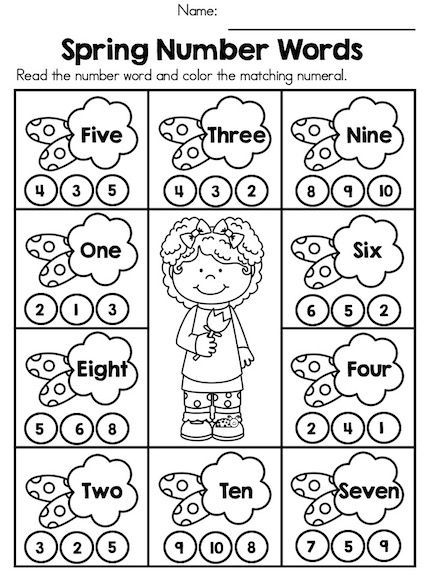
Again, this activity targets a variety of different skills as children recognise numerals, apply their understanding of value, and count out the correct number of items. This is another good one for fine motor skills.
8. Create an Outdoor Number LineChildren love to learn outdoors and on a large scale. Many teachers love using small number lines in the classroom to introduce the ideas of one more and one less but you can do the same outside.
Perhaps use chalk to draw out your number line and encourage children to locate different numerals – “Stand on number 8,” “Hop to number 4” and so on.
If appropriate you could discuss one more and one less. You could also use the number line to encourage counting by inviting your children to find 1 item to place next to the number 1, 2 items to place next to the number 2 and so on.
9. Nature’s NumeralsIf your children like to be creative and artistic then this could work for them.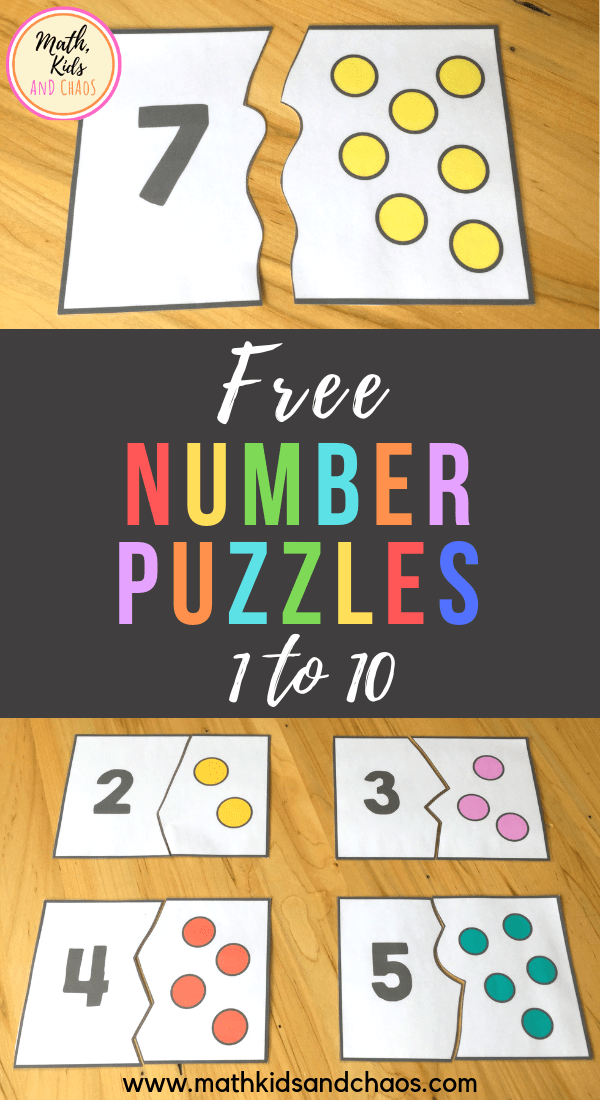 Use nature to create the shapes of numbers.
Use nature to create the shapes of numbers.
This might mean drawing in the mud or sand, arranging leaves or stones or even noticing natural shapes in the environment. You could do this in your backyard or take a special walk.
Even better if you can take photos of your creations for your kids to look back on. This allows them to begin thinking about how numerals are formed in a fun and creative way.
10. HopscotchHopscotch is a real playground classic and it brings together a whole host of skills including gross motor skills.
Draw out a hopscotch grid and teach your children how to play, throwing a stone or stick to find out where they need to hop to, and then hopping and jumping to the end.
As well as reinforcing the recognition of numerals this also introduces the idea of higher and lower and allows kids to have fun while working with numbers.
Hopscotch is my favourite number activity for preschool kids.
11. Potion RecipesIf you like messy, creative play then this one’s for you.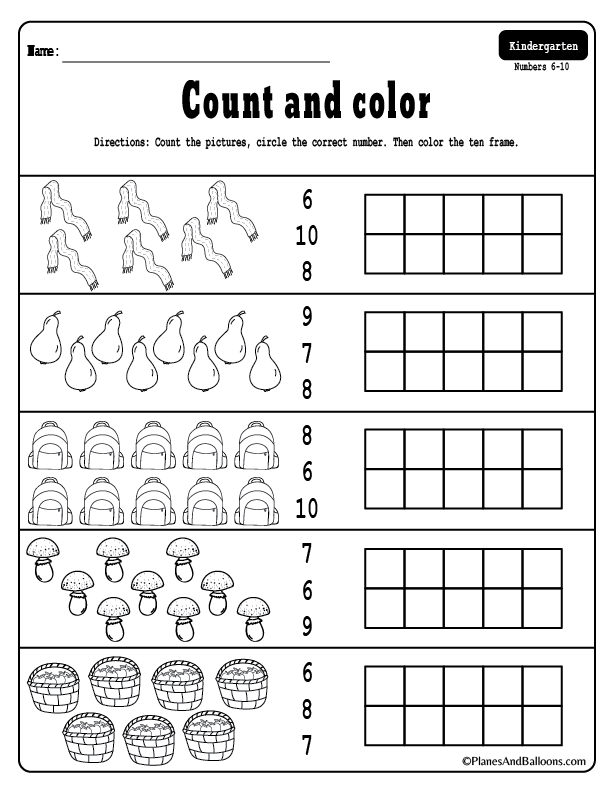
Create a couple of ‘recipe cards’ using measurements expressed as numerals, for example – 2 cups of water and 3 pinecones, and have your children follow the recipe card, combining everything together in a big cauldron-like tub.
This taps into children’s imaginations and introduces the concept of measurement as well as numbers. Once they are finished following the recipes you have provided perhaps they will be ready to create their own recipes, which you can scribe for them.
12. Number SplatAll you need is a nice big roll of paper with numbers on it and a fly swat dipped in paint. You call out the numbers and children must swat them, thereby covering them in paint. This is a really fun preschool number activity.
You can play just as easily without the paint, simply swatting at the numerals, but it’s far less fun than making a mess.
This activity is extremely physical helping to really embed the learning, and as children try to speed up, their ability to recognise numerals will improve too so that they’ll soon be able to recognise them at a glance.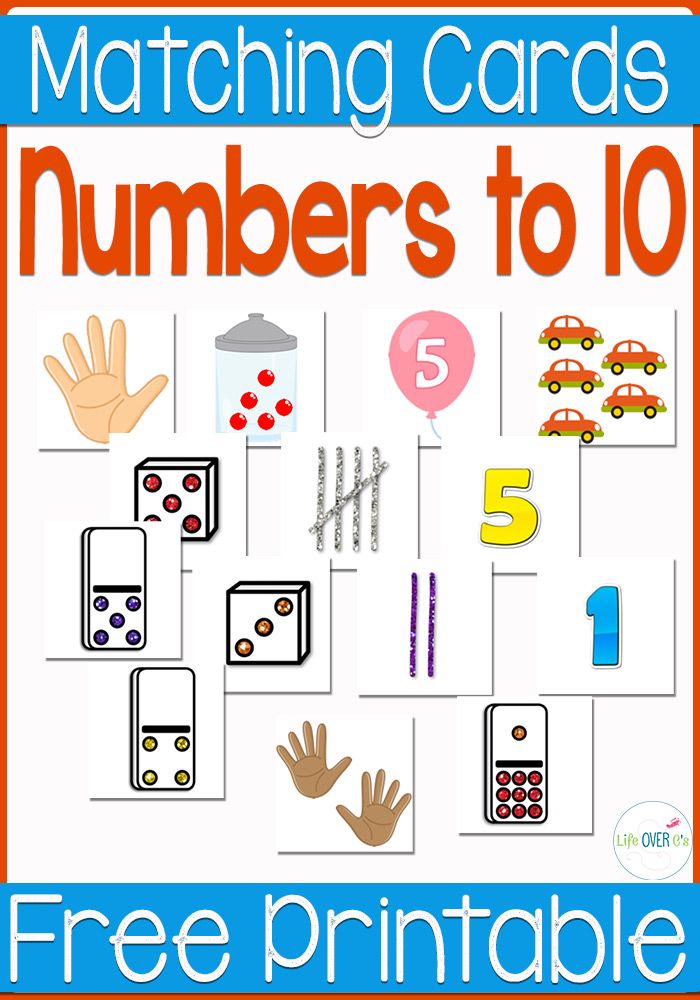
Bingo is a great maths game for building up number awareness and can be enjoyed as a family. To start off with you can simply use numerals up to ten but as your children’s knowledge expands so can your game.
You can use what you have on hand – a bowl and folded-up pieces of paper, with highlighters – or you can go ahead and buy bingo pads and dabbers and bingo balls to add to the overall experience.
Here you will be building number recognition and as your kids aim to increase their speed, they will get quicker and quicker at recognising numbers and linking them to the number names being called out.
I hope you’ve enjoyed these number identification games for preschoolers. Here are some more fun math activities for preschoolers to build early mathematical skills.
Get FREE access to Printable Puzzles, Stories, Activity Packs and more!
Join Empowered Parents + and you’ll receive a downloadable set of printable puzzles, games and short stories, as well as the Learning Through Play Activity Pack which includes an entire year of activities for 3 to 6-year-olds.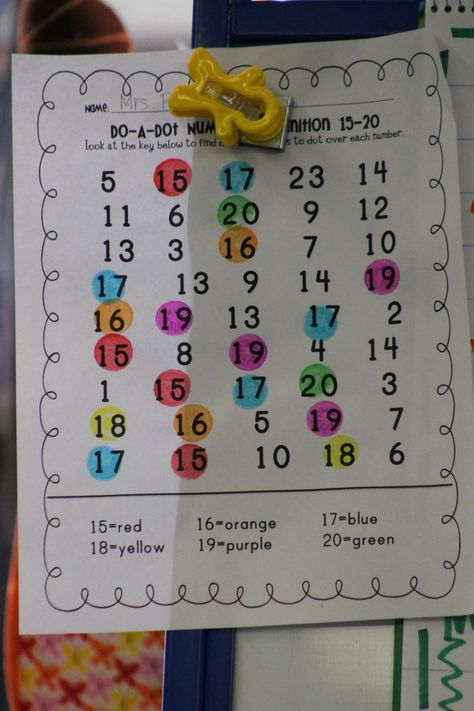
Access is free forever.
Signing up for a free Grow account is fast and easy and will allow you to bookmark articles to read later, on this website as well as many websites worldwide that use Grow.
- Share
Math Games for Preschoolers (Didactic)
Teaching a child math is a long process, aimed at making great efforts not only by the mentor, but also by the student. Didactic games in mathematics for preschoolers are designed to diversify the learning process, destroy strict officialdom, and increase the degree of effectiveness of assimilation and understanding of mathematical foundations.
Content:
Didactic games in mathematics in kindergarten: goals and objectives
Important to know
DIY didactic games for preschoolers
DIY didactic math games in pictures
Card file of didactic games in mathematics for preschoolers
Didactic games in kindergarten: goals and objectives
Didactic games are held in order to increase the level of awareness of the child about the surrounding world.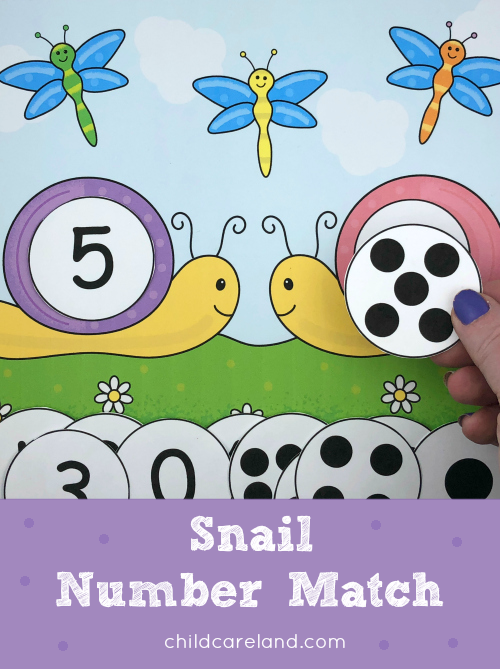 They develop observation skills, teach them to fix and find differences between objects, comparing them according to different characteristics. During the game process, children learn to find elementary cause-and-effect relationships. nine0003
They develop observation skills, teach them to fix and find differences between objects, comparing them according to different characteristics. During the game process, children learn to find elementary cause-and-effect relationships. nine0003
Didactic games in mathematics in preschool educational institutions can be very different, their choice depends on the goal:
- .
These didactic math games for preschoolers help:
- improve the ability to independently use single digits; nine0051
- education of mindfulness, memory, thinking;
- mastering the method of distributing natural numbers, improving counting skills.
.
- Orientation development games allow students to learn to fix and state their own position on the ground, to determine and name the location of any object relative to another. With the educational task achieved, preschoolers are able to use words to name the location of objects.
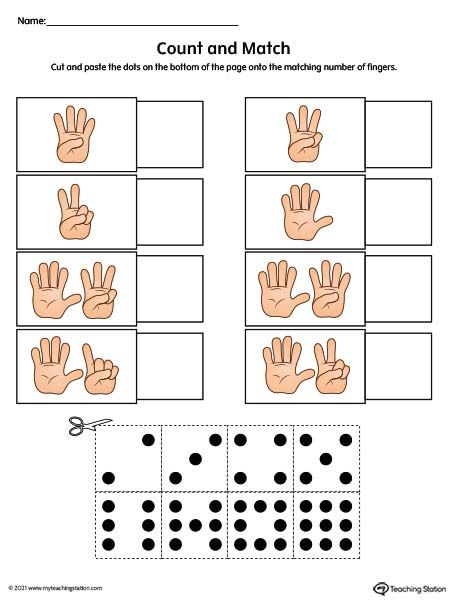 nine0051
nine0051
- Games with figures are used to strengthen knowledge about the shape of various geometric shapes, improve the skill of finding them in nearby things. Such games are conducive to the education of attention and the formation of creative imagination in preschoolers.
- Didactic mathematical games that develop logical thinking are originally designed to form the components of scientific thinking: making judgments, making arguments, summing up. They also help develop creativity and out-of-the-box thinking. nine0051
This is important to know For younger children, it is enough to allocate 5 minutes for them. Didactic games in mathematics in the senior group can last no more than 15 minutes. Exceeding this time may lead to a decrease in activity and a weakening of cognitive interest, which may adversely affect the result. nine0051
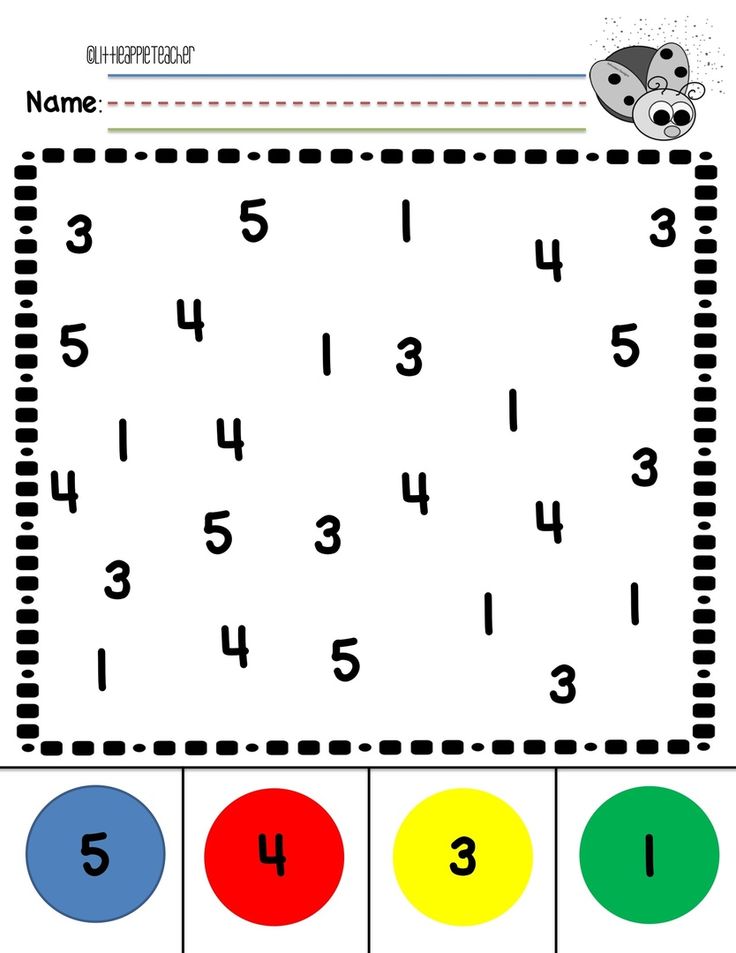
DIDactic games for preschool children
In order to grow cognitive interest of educated teachers, teachers should try to diversify the course of the teaching. To do this, many develop and produce their own training sessions. In the manufacture of visibility, everything that is at hand can be useful, the main condition is harmlessness for kindergarten students. nine0003
Materials for creating didactic games can be as follows:
- improvised materials - fabric, yarn, buttons;
- natural raw materials - leaves, flowers, grass, cones;
- stationery - glue, gouache, colored paper, cardboard;
- imagination is the most important component.
Do-it-yourself didactic games in mathematics in pictures
Making didactic games with your own hands is not at all difficult. Here are examples of such mathematical games.
Here are examples of such mathematical games.
Didactic games for preschoolers
9000 9000"Descriptions" Chases "Chases" Chases Udes "Chases" Chases "Chases" Chases "Chases. :
orientation training in space, improving communication skills. nine0003Game in progress. Each preschooler has a drawing depicting a carpet. Pupils are required to describe the position of the parts of the pattern in the figure: on the left side, on the right, at the top or bottom.
"Solve an example"
Purpose: training to perform addition and subtraction within ten.
Game progress. The teacher throws a ball to a preschooler and calls an example. The pupil, having caught it, answers and returns the ball. Then the teacher throws the ball to the next one. nine0003
"Find the mistake"
Purpose : analysis of geometric shapes, comparison and finding the excess.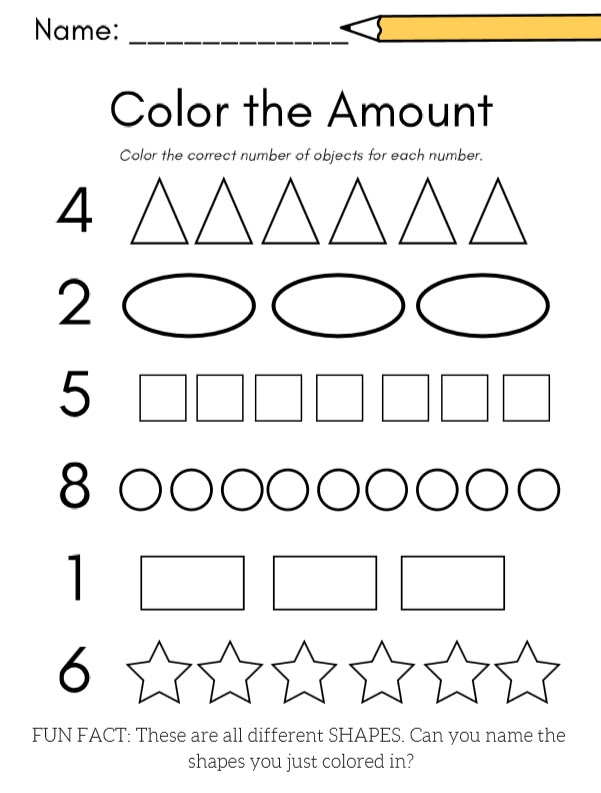
Game progress . The preschooler is invited to analyze the rows of geometric shapes and point out the error, offering a correction option with an explanation. A mistake can be a circle in a row of squares, or a red figure among yellow ones.
Show me
Target: Improving the ability to recognize a geometric figure according to a given criterion.
Game progress. In front of the preschooler, several figures are randomly laid out, differing in color, shape and size. The teacher proposes to determine the figure according to the named criterion: a small square, a large red circle, etc.
"One property"
Purpose: to consolidate knowledge about the properties of geometric shapes, develop the ability to characterize and distinguish figures by their characteristics. nine0003
Game progress: players must provide the same set of geometric shapes. One of the players puts one of them on the table. The task of the second player is to choose from his set a figure that differs from the one laid out by the previous player in only one of some signs. For example, if the first figure laid out is a large red circle, then the next one can be laid out a large red square or a large blue circle, or a small red circle. The game should be built on the principle of playing dominoes. nine0003
The task of the second player is to choose from his set a figure that differs from the one laid out by the previous player in only one of some signs. For example, if the first figure laid out is a large red circle, then the next one can be laid out a large red square or a large blue circle, or a small red circle. The game should be built on the principle of playing dominoes. nine0003
"Who are the neighbors?"
Game progress . Participants become in a circle. The teacher throws the ball and calls a random number. The child, having caught the ball, names the neighbors of this number. The ball is then thrown to the next player.
"Let's Harvest"
Goal : Practice comparing objects by size. nine0003
Game progress . The teacher advises children to harvest in different baskets - large vegetables and fruits in one basket, small ones in the other.
"Shop and Geometry"
Purpose of : training in recognizing basic geometric shapes, improving communication skills.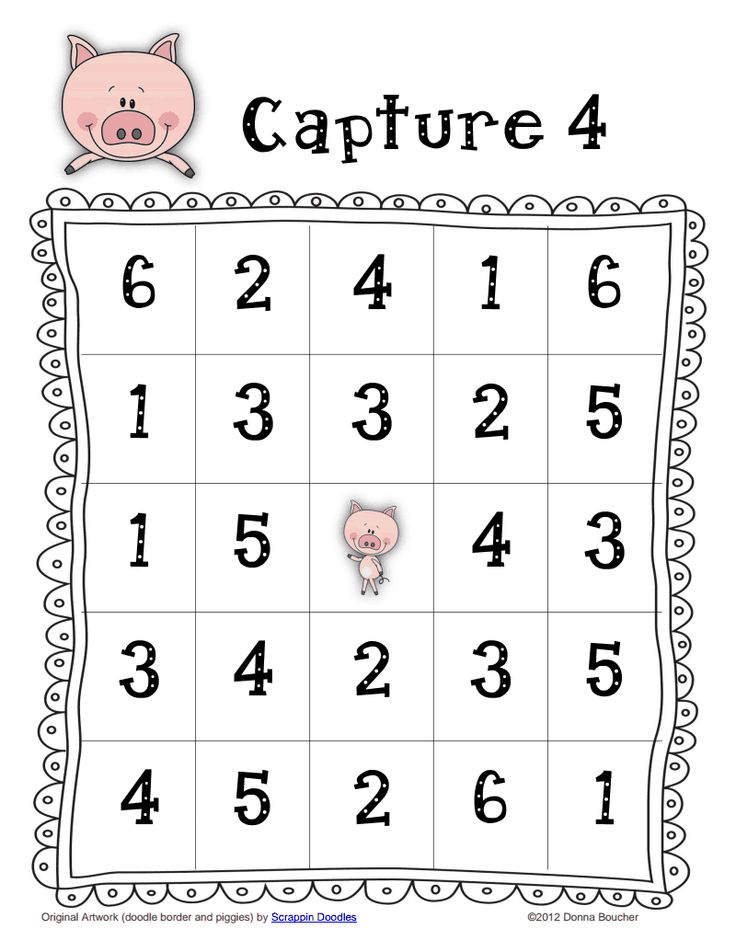
Game progress . On the table are objects of various shapes, put up for sale. Each pupil - the buyer receives a card - a check on which a figure is drawn: a circle, a triangle, a square or a rectangle. He can purchase any thing, provided that the shape of the goods corresponds to the picture on the card. Having made an unmistakable choice and proving it, the child receives a purchase. nine0003
Didactic games in mathematics Card file in mathematics: Number games For children aged 5-6 years "Don't yawn!" Purpose: To fix the numbers from 1 to 10 in the game. Reading and writing numbers. Equipment: Number cards, forfeits. Game tasks: Children are given cards with numbers from 0 to 10. The leader (teacher, child) tells a fairy tale (reads a poem), in the text of which there are different numbers. At the mention of a number that corresponds to the number on the card, the child must quickly pick it up. "How much?" Purpose: To exercise children in counting, consolidating knowledge of numbers. Material: 6-8 cards with different numbers of items. Content: the teacher fixes 6-8 cards on the board with a different number of items and says: - The one who guesses the riddle, counts the items on the card and shows the number, he will receive an incentive chip. Guessing a riddle: - Is the girl sitting in the dungeon, and the scythe is on the street? Children guess the riddle and count the carrots in the picture and show the corresponding number. Who quickly picked up a card with a number gets a chip. nine0003 "Find the same" Purpose. Learn to establish the equality of objects with their different spatial images. Material. Cards with two stripes (one per child). On the top there are five cells, each with five to ten circles. On the bottom strip of empty cells. Sets of cards (five pieces for each child), equal to the size of the cells. The cards show from five to ten items, but their arrangement is different compared to the circles on the top strip of the card. nine0003 Content. Each child is given one card and a set of small cards to it. The leader (at the lesson - the educator) calls the number. The players find a cell with the corresponding number of circles on the map and put the corresponding small card on an empty cell located under the same number of circles. Numbers can be called in order or randomly. At the end of the game, the children check whether all the numbers on the bottom strip are in order from -5 to 10. Rules of the game. You can put the card only after the presenter has called the number. The winner is the one who laid out all the numbers in order without errors. “Count further” Purpose: To consolidate quantitative and ordinal counting (from 1 to 10), knowledge of numbers. Equipment: number cards, small counting material, chips, pennant of the winning team. Game tasks: 1. "Continue counting." 2. "Count how many apples are in the basket." 3. "Name your place in the ranks" (children of each group stand one after another). 4. “Complete the task” (the leader suggests: “4th will bring 6 cones”, “7th will make 5 jumps”, etc.). "Name the neighbors" Purpose: To exercise children in determining the next and previous number to the named one. Material: Cards with numbers from 1 to 10. Cube or polyhedron with numbers on the sides. Content: the teacher throws the cube and catches it so that the cube is turned to the children each time with a new number. The called child names the "neighbors" of the given number, i.e. numbers before and after. Rules of the game: A row of numbers on the board helps children complete tasks. "Guess what number is missing" Purpose. Determine the place of the number in the natural series, name the missing digits. Material. Flannelgraph, Number cards, 10 cards with circles on them from 1 to 10 (each card has circles of a different color). Checkboxes. Contents. The teacher arranges the cards on the flannelograph in sequence of natural numbers. Invites the children to see how they stand, if any number is missing. Then the guys close their eyes, and the teacher removes one card. After the children guess which number is missing, the teacher shows the hidden card and puts it in its place. nine0003 Rules of the game. Do not peek when the card is removed. Who is the first which number is missing gets a flag. For children 6-7 years old Living Numbers Purpose. Exercise in counting (forward and backward) within 10. Material. Cards with circles drawn on them from 1 to 10. Contents. Children receive cards. The leader is chosen. Children walk around the room. At the signal of the driver: “Numbers! Get in order!" - they line up and call their number ("One", "Two", "Three", etc.). The driver checks if everyone is in their places. Children change cards. Game continues. nine0003 Rules of the game. If any of the children got in the wrong place, he becomes the leader. If the driver made a mistake, then he leads again. If the driver makes a mistake when counting three times, he leaves the game. Game variant. "Numbers" are built in reverse order from 10 to 1. "Machines" Purpose. To consolidate knowledge about the sequence of numbers in the limit of 10; to cultivate organization, attention. Material. Rudders of three colors (red, yellow, blue) according to the number of children, on the rudders "car numbers" - an image of the number of circles from one to ten. Content. The game is played as a competition. Chairs with colored circles represent parking lots. Children are given rudders (each column is of the same color). At the leader's signal (a beat on the drum), everyone runs around the group room. At the signal: “Machines! To the parking lot! ”- everyone “goes” to their garage, that is, children with red steering wheels - to the garage marked with a red circle, etc. Cars line up in a column in numerical order, starting from the first. The teacher checks the order of the numbers of cars in each column. nine0003 Rules of the game. Build calmly, drive around the entire area of the group room. The best column is considered to be the one that is quickly and correctly built. The winner is awarded with a flag that is attached to the garage. When the game is played again, the color of the rudders changes in each column. "Insert the missing number" Purpose: Exercise in direct counting; to consolidate the knowledge of children in even and odd numbers; develop the ability to analyze.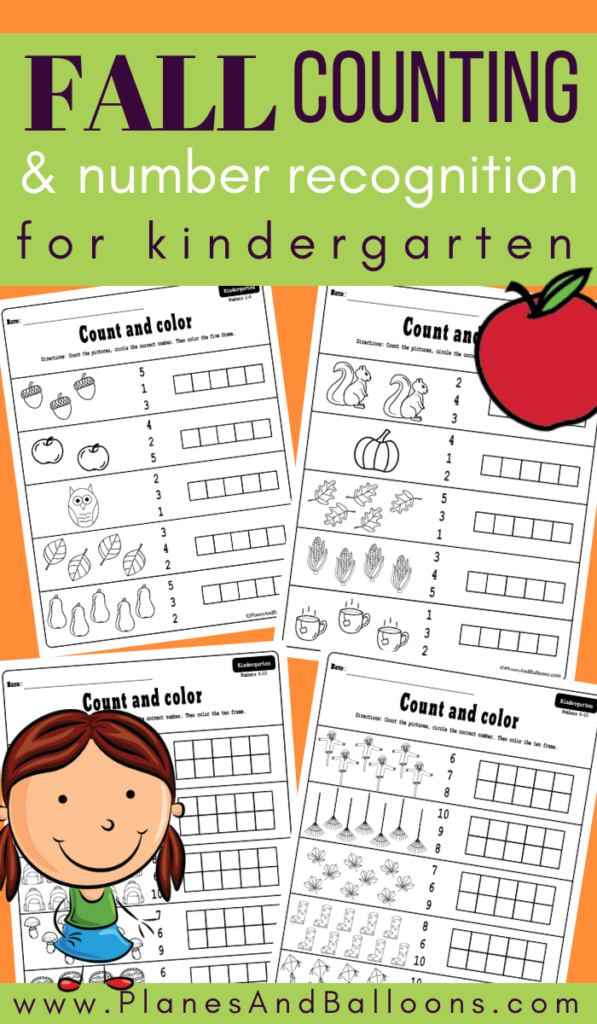 Who did not have time to quickly remember this action, he loses (he must give a phantom). At the end of the game, a "ransom" of forfeits is carried out (to solve a problem, a joke problem, guess a riddle, etc.). nine0003
Who did not have time to quickly remember this action, he loses (he must give a phantom). At the end of the game, a "ransom" of forfeits is carried out (to solve a problem, a joke problem, guess a riddle, etc.). nine0003 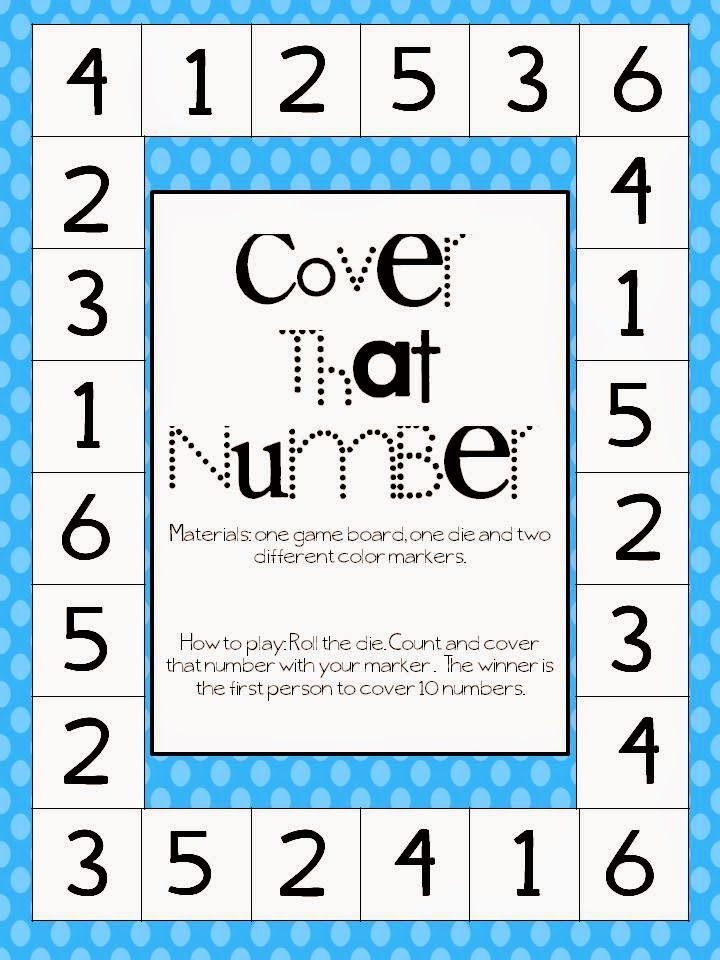
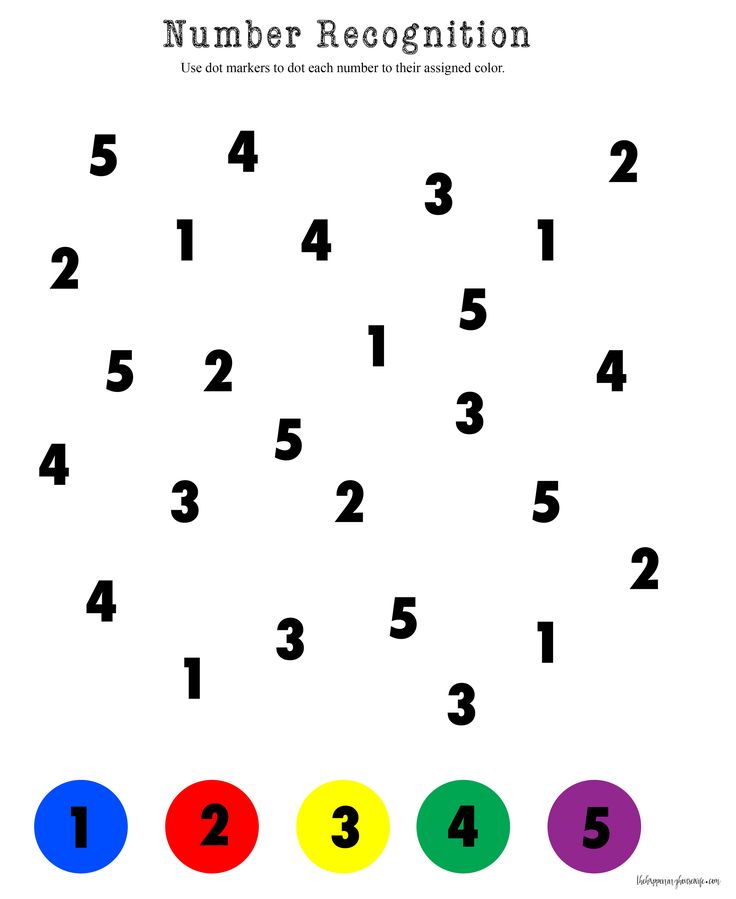 nine0003
nine0003 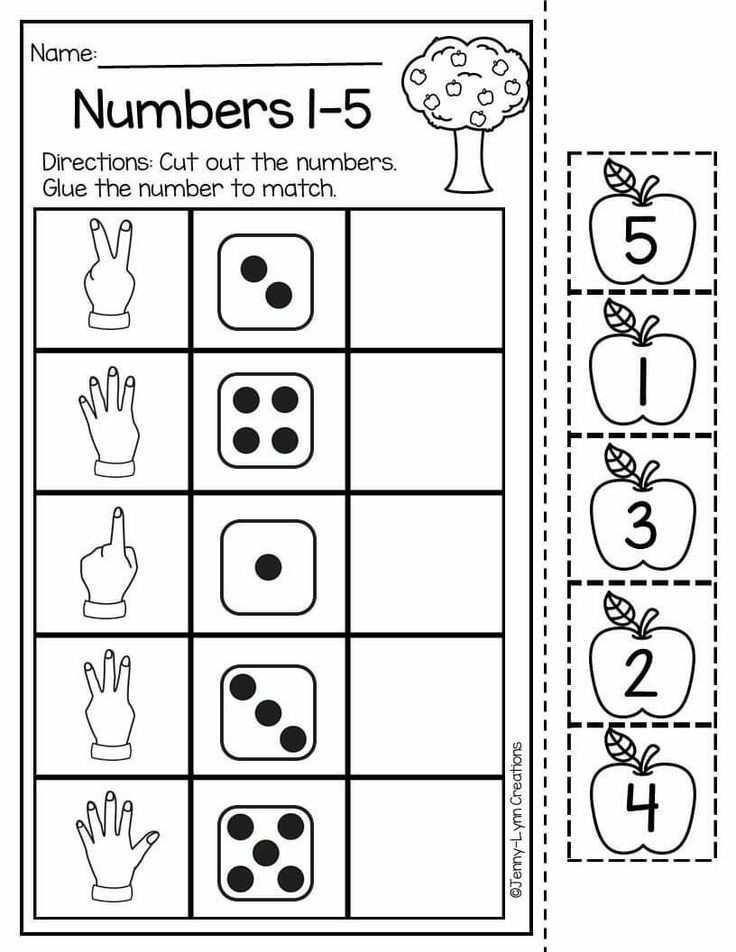 If the children are well aware of the order of the natural series, the numbers can not be laid out. The game is played at a fast pace. nine0003
If the children are well aware of the order of the natural series, the numbers can not be laid out. The game is played at a fast pace. nine0003 
 Three circles of the same color as the steering wheels - to indicate parking lots. nine0003
Three circles of the same color as the steering wheels - to indicate parking lots. nine0003 